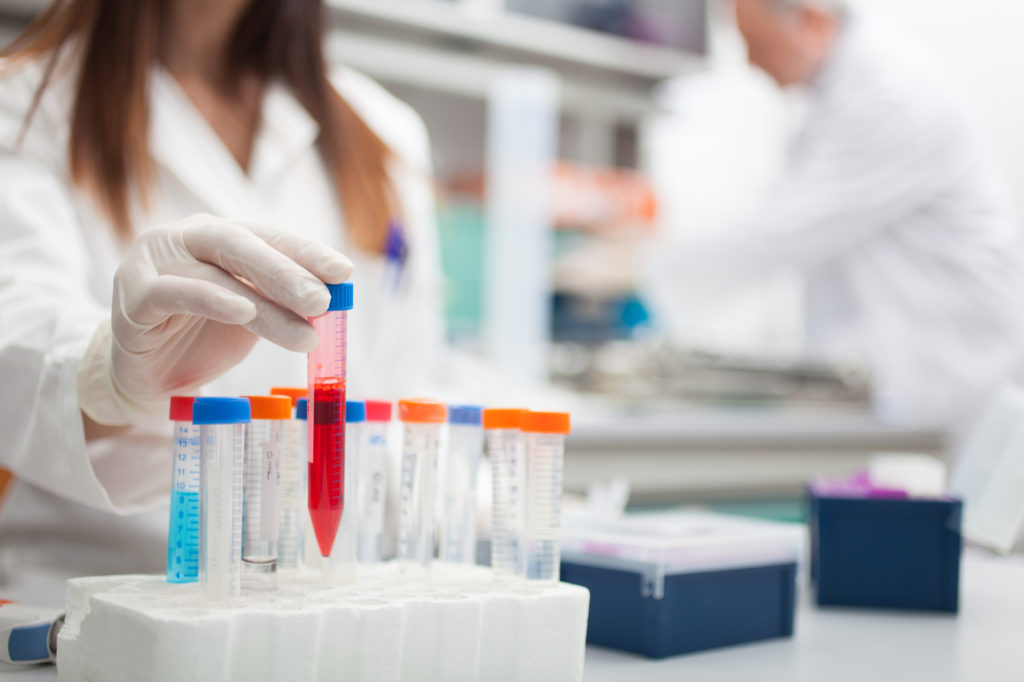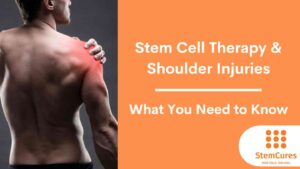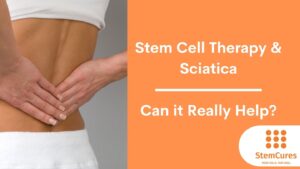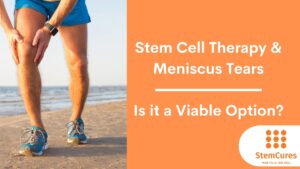Treating Lumbar Spinal Degeneration with Stem Cells
In this article, we will be reviewing a case study performed by Dr. Alturi and his peers on the effectiveness of bone marrow stem cells in the treatment of chronic lower back pain due to severe lumbar spinal degeneration.
The case study saw 67% of patients showing significant improvements in their pain management 12-months after the initial stem cell injection.
Before we dive into the details of the case study, let’s first understand how much lower back pain affects Americans.
The Impact of Lower Back Pain
Low back pain is the most expensive medical condition in the United States.
With an annual expenditure of $134.5 billion in 2016, surpassing diabetes, heart disease, and hypertension. Furthermore, low back pain causes more global disability than any other condition. With 50% to 80% of adults experiencing lower back pain at some point in their life, with adults of working age being the most vulnerable group of low back pain.
Health care costs in America have been a major burden on our economy leading to the implementation of various reform measures, regulations, and guidelines which often come down to public policy priorities for reducing health care spending. Despite increasing disability and health care costs, there has been escalating growth of various methods for the treatment of chronic low back pain, including over-the-counter (OTC) medications, structured exercise programs, physical therapy, drug therapy, interventional techniques, and surgical interventions.
Among these methods, regenerative medicine therapy as an interventional method has been added in recent years. Regenerative medicine is based on the process of replacing, engineering, or regenerating human cells, tissues, or organs to restore or establish normal function. Consequently, regenerative medicine incorporates biomedical, and technologies to improve cellular migration, replication, and modeling.
The American Society of Interventional Pain Physicians has developed guidelines on performing regenerative medicine procedures and also a position statement on bone marrow concentrate (BMC) injections for musculoskeletal and spinal use. Systematic reviews have shown the value of cellular spinal injections incorporating lumbar disc injections, epidural injections, facet joint injections, and sacroiliac joint injections. However, the evidence has been variable with the highest evidence being presented for lumbar disc injections. Few studies have evaluated the role of bone marrow mesenchymal stem cells (BM MSCs) in managing spinal pain with disc injections.
Case Trial Overview
Background:
Regenerative medicine interventions are applied to assist in the repair and to potentially replace or restore damaged tissue through the use of autologous/allogenic biologics and it continues to expand. The anti-inflammatory, immunomodulatory, and regenerative properties of bone marrow mesenchymal stem cells (BM-MSCs), an investigation into their therapeutic efficacy and safety in patients with severe chronic low back pain, have not been demonstrated in controlled studies. Multiple pain generators have been hypothesized to be responsible for severe spinal degeneration and it is difficult to identify a single pain generator; consequently, resulting in inadequate therapeutic results.
Objectives:
The study was undertaken to evaluate the effectiveness of autologous bone marrow MSCs in the treatment of chronic low back pain due to severe lumbar spinal degeneration with the involvement of multiple structures.
Study Design:
A prospective, open-label, nonrandomized, parallel-controlled, 2-arm exploratory study.
Setting:
A private, specialized, interventional pain management and regenerative medicine clinic.
Methods Used:
The treatment group patients received a one-time bone marrow concentrate injection into spinal structures (i.e., discs, facets, spinal nerves, and sacroiliac joints), along with conventional treatment, whereas, the control group received conventional treatment with nonsteroid anti-inflammatory drugs, over-the-counter drugs, structured exercise programs, physical therapy, spinal injections, and opioids, etc., as indicated.
Assessment:
Outcomes were assessed utilizing multiple instruments, including the Oswestry Disability Index (ODI), Numeric Rating Scale (NRS-11), EuroQOL 5-Dimensional Questionnaire (EQ-5D-3L), Global Mental Health (GMH), and Global Physical Health (GPH). Multiple outcomes were assessed with primary outcomes being minimal clinically important differences (MCID) in ODI scores between the groups and/or a 2-point reduction in pain scores.
In the study group, total nucleated cells, colony-forming units-fibroblast, CD34-positive cell numbers, and platelets were also recorded, along with post-procedure magnetic resonance imaging changes.
Outcomes were assessed at 1, 3, 6, and 12 months.
Results:
Significant improvement was achieved in functional status measured by ODI, pain relief measured by NRS-11, and other parameters measured by EQ-5D-3L, GMH, and GPH, in the study group relative to the control group at all time periods.
The results showed significant improvements at 12-month follow-up with 67% of the patients in the study group achieving MCID utilizing ODI when compared to 8% in the control group. Greater than 2-point pain reduction was seen in 74% of the patients at 3 months, 66% of the patients at 6 months, and 56% of the patients at 12 months.
Both MCID and pain relief of 2 points were significantly different compared to the control group. Opioid use decreased in the investigational group, whereas, there was a slight increase in the control group. Age, gender, opioid use, and body mass index did not affect the outcomes in the stem cell group.
Conclusions:
The first available controlled study utilizing BM-MSCs in severe degenerative spinal disease with interventions into multiple structures simultaneously, including disc, facet joints, nerve roots, and sacroiliac joint based on symptomatology, showed promising results.













